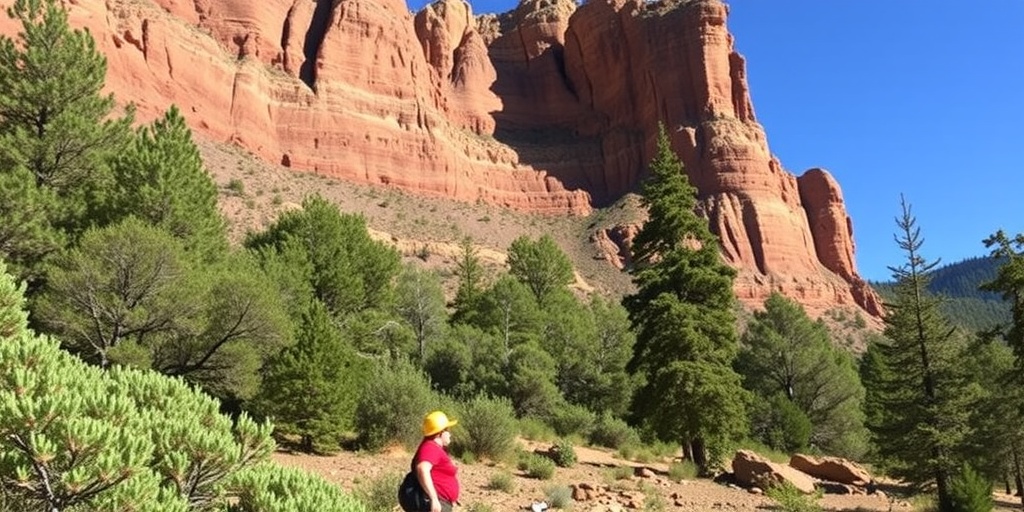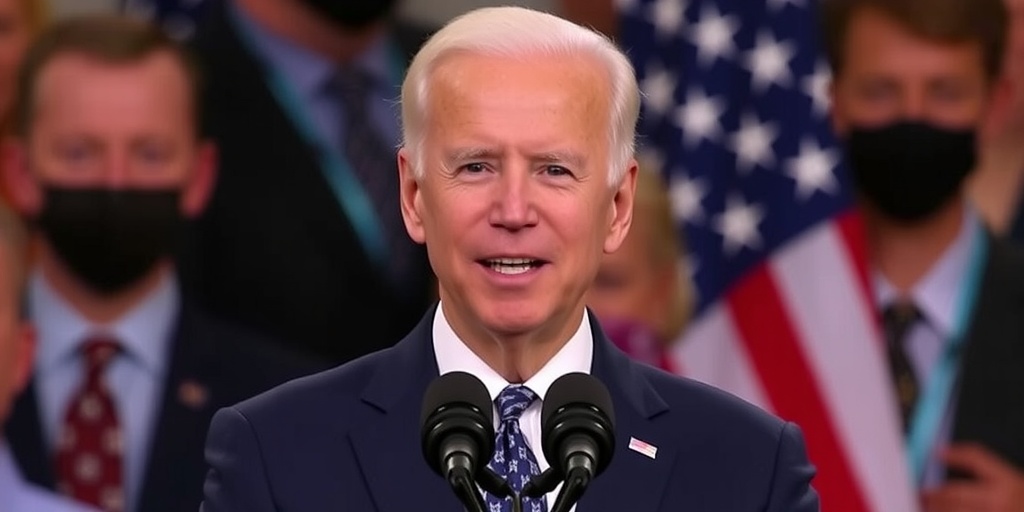Now Reading: Job Cuts Impact National Parks: ‘Limited Experience Ahead’
-
01
Job Cuts Impact National Parks: ‘Limited Experience Ahead’
Job Cuts Impact National Parks: ‘Limited Experience Ahead’

Mass Layoffs Impact National Park Service and Visitor Experience
On February 14, a shocking wave of layoffs swept through the National Park Service (N.P.S.), resulting in the dismissal of at least 1,000 permanent employees. This drastic move has provoked a flood of social media posts from those affected, echoing the widespread distress and uncertainty within the park service community. In addition to the N.P.S. cuts, approximately 3,000 employees from the U.S. Forest Service were also laid off. Seasonal workers, numbering in the thousands, have found themselves in a state of anxiety regarding their employment, despite the Department of the Interior approving the hiring of 7,700 temporary positions—slightly more than the norm.
This turmoil arrives just as families and travelers begin to plan their spring break and summer trips to national parks, which attract over 325 million visitors annually. The N.P.S. has been struggling to meet the increasing demand for services, particularly given a 15 percent decline in full-time employees from 2011 to 2022. Concerns are rising that these cuts will adversely affect the visitor experience across the country’s 85 million acres and 433 national park sites.
Kristen Brengel, senior vice president for government affairs at the National Parks Conservation Association, a nonpartisan organization, noted the potential impact on tourists hoping for a full park experience. “If you’ve planned your bucket list trip to a national park, you may need to consider that you won’t have the full experience and reschedule for next year hoping it gets better,” she warned.
The consequences of the staffing reductions have already been felt across various parks. Spencer Glenn, a Seattle resident, experienced this firsthand when he called the Carlsbad Caverns visitor center to inquire about the cancellation of ranger-led cave tours. A ranger informed him that due to federal guidelines, the park had been forced to let go half its staff.
Similarly, the Grand Canyon saw lost revenue over a weekend due to a lack of fee collectors, while Florissant Fossil Beds National Monument in Colorado announced closures on Mondays and Tuesdays due to insufficient staffing. Businesses operating within the parks, like Xanterra Travel Collection, which manages accommodations and concessions, are closely monitoring the situation. Company officials stated that operations continue as planned, but they remain in contact with the N.P.S. for updates on the situation.
Uncertainty also looms over Recreation.gov, the platform allowing visitors to book campsites and entry permits for popular parks. While a spokesman for the U.S.D.A. confirmed their support for the cost-cutting measures, the specific impact on the booking system remains unclear.
In Yellowstone National Park, which spans 2.2 million acres, the impact of these layoffs is particularly concerning. With around 300 permanent employees and an additional 200 seasonal workers typically hired, the park heavily relies on seasonal staff to manage its vast landscape. This includes maintaining multiple campgrounds, visitor centers, and countless trails. The federal hiring process can be lengthy, which poses additional challenges in promptly filling these spots before the park’s opening to vehicle traffic in mid-April.
Furthermore, essential seasonal tasks, such as trash collection, play a crucial role in maintaining park safety and wildlife management. Arianna Knight, a wilderness trails supervisor who was recently laid off, highlighted that her team cleared thousands of downed trees annually on remote trails, stating, “Now those trails won’t be cleared… People are going to suffer.”
Safety in the parks is another area of concern. A 2023 N.P.S. study indicated that the rate of heat-related illnesses and fatalities is expected to double due to climate change. The summer of 2023 saw a significant rise in heat-related incidents, with tragic outcomes reported in places like Big Bend and Death Valley National Parks. Questions have arisen regarding the staffing levels for search-and-rescue operations, with Ms. Brengel expressing uncertainty regarding the number of personnel affected by the layoffs.
Despite the cuts, an N.P.S. spokeswoman stated that the agency would continue to prioritize fiscal responsibility while maintaining its commitment to providing critical services. However, while these layoffs might suggest fewer visitors trampling through the parks, concerns are voiced regarding potential long-term damage from reduced oversight and regulation enforcement exacerbated by increasing visitor numbers.
Past park ranger Adam Auerbach commented on the rising visitor trends in places like Rocky Mountain National Park. With numbers soaring above four million in recent years, the need for staff to enforce regulations and educate the public has never been more pressing—especially amid the staffing cuts.
In a call to action, Evelynn Escobar, the founder of Hike Clerb, urged park visitors to take on responsibilities typically held by rangers, encouraging people to pick up trash and maintain a safe distance from wildlife while respecting marked restoration areas.
As the national parks face a critical juncture, the implications of these staffing cuts remain uncertain, leaving visitors and employees alike contemplating the future of these treasured landscapes.
Stay Informed With the Latest & Most Important News
Previous Post
Next Post
-
 01New technology breakthrough has everyone talking right now
01New technology breakthrough has everyone talking right now -
 02Unbelievable life hack everyone needs to try today
02Unbelievable life hack everyone needs to try today -
 03Fascinating discovery found buried deep beneath the ocean
03Fascinating discovery found buried deep beneath the ocean -
 04Man invents genius device that solves everyday problems
04Man invents genius device that solves everyday problems -
 05Shocking discovery that changes what we know forever
05Shocking discovery that changes what we know forever -
 06Internet goes wild over celebrity’s unexpected fashion choice
06Internet goes wild over celebrity’s unexpected fashion choice -
 07Rare animal sighting stuns scientists and wildlife lovers
07Rare animal sighting stuns scientists and wildlife lovers





















